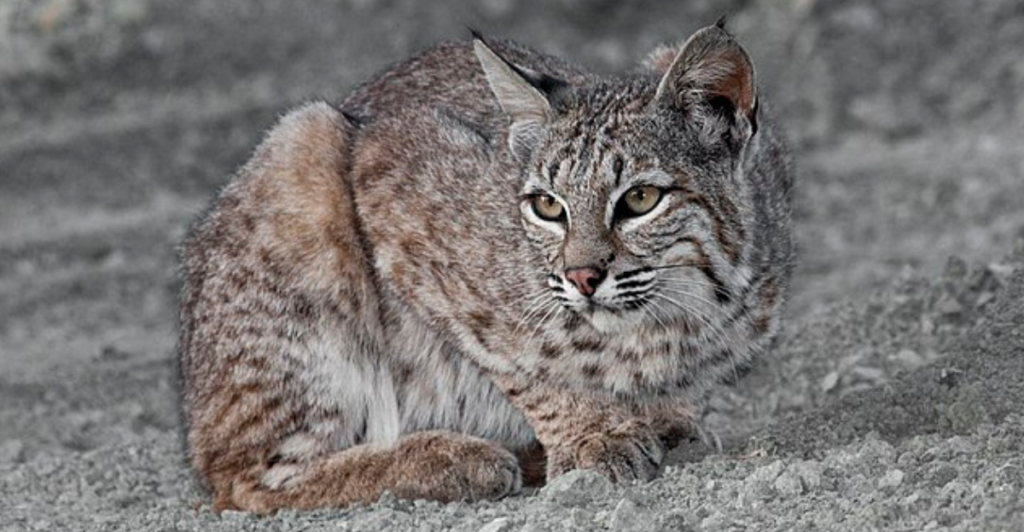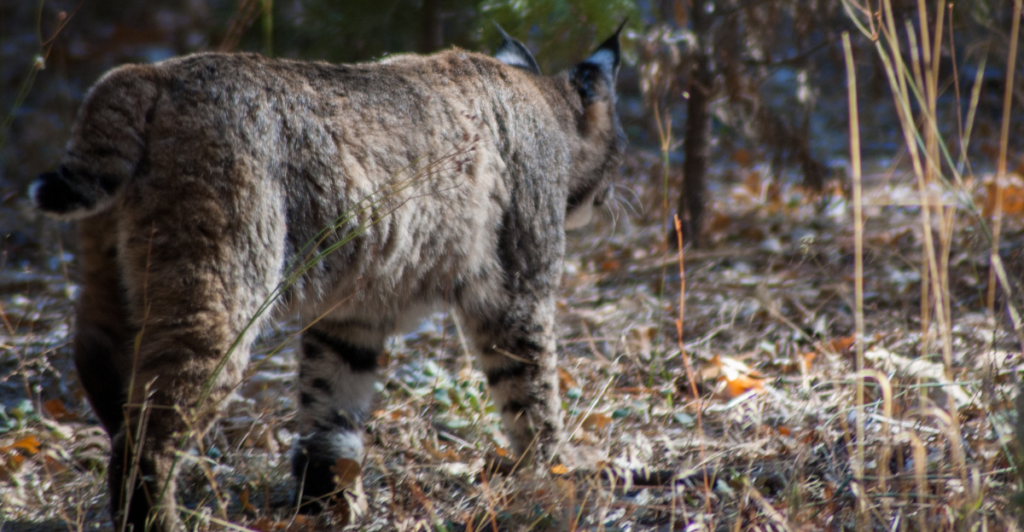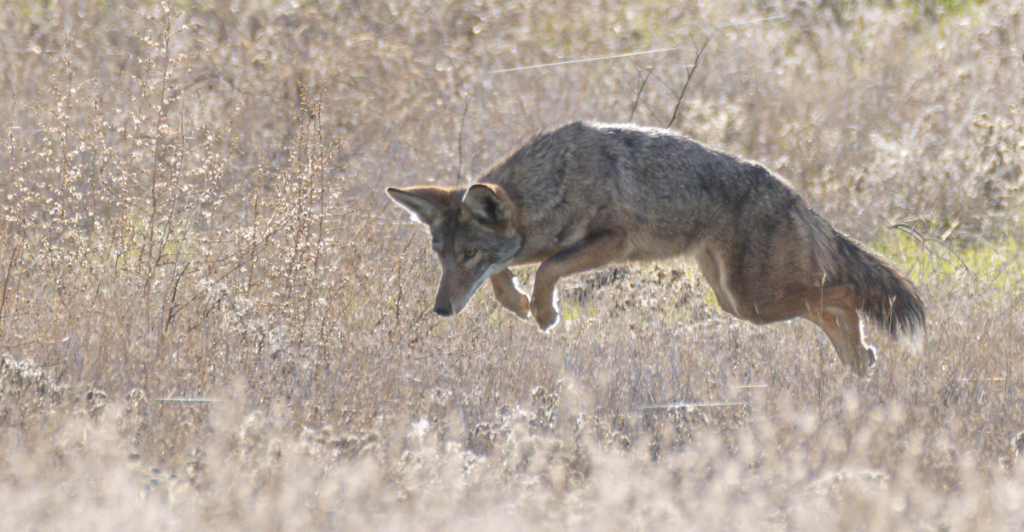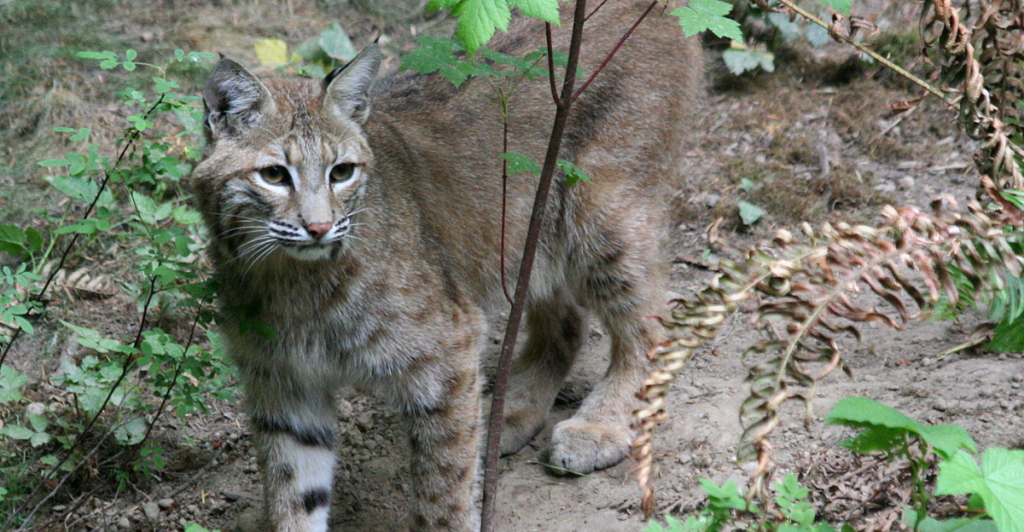
Coyotes and bobcats are two prominent mesopredators in North America that often cross paths. While coyotes are slightly larger, scientists have long debated whether they outcompete bobcats for resources or exclude them from certain areas. However, new research shows that both species can coexist without significant impacts on their populations. This surprising relationship offers insights into how these carnivores share the landscape, even in areas where their ranges overlap.
Assumptions About Competition

Historically, wildlife managers believed coyotes’ larger size gave them an advantage over bobcats. This led to concerns that coyotes could prevent bobcats from repopulating regions where they had previously disappeared. However, recent findings challenge this assumption, showing minimal competition on a population level.
Examining the Research

Scientists Marissa Dyck and Eileen Wyza, PhD students at Ohio University, conducted a comprehensive review of studies examining coyote-bobcat interactions across North America. They analyzed data ranging from population models to scat studies, painting a clearer picture of how these predators interact.
Comparing Size and Behavior

Coyotes typically weigh between 30 and 40 pounds, while bobcats average 20 to 30 pounds. Despite their smaller size, bobcats are often described as fiercer. Researchers have noted that coyotes can sometimes be collared without sedation, whereas bobcats usually require it, highlighting the felines’ feisty nature.
Habitat Influences Competition

The type of habitat significantly affects competition between the species. Open environments tend to intensify competition due to limited prey availability. Coyotes, as pursuit hunters, are well-suited to open areas, while bobcats prefer forests, where they can use ambush tactics to catch prey.
Dietary Differences

While bobcats and coyotes share some prey, scat analysis reveals dietary differences in overlapping areas. This suggests that the two predators adapt their diets based on habitat and prey availability. This ability to focus on different food sources helps reduce direct competition.
Evidence of Conflict

Instances of direct conflict between coyotes and bobcats are rare. In one study, bobcat hair was found in coyote scat, but it remains unclear whether the coyote hunted or scavenged the bobcat. Such events are not common enough to suggest a population-wide issue.
Extreme Cases of Predation

Two documented cases of coyotes killing bobcats occurred under unusual circumstances. In one instance, a bobcat was trapped, making it vulnerable. Another case took place during a period of extreme prey scarcity when starvation caused significant bobcat deaths in the area.
Bobcats Don’t Prey on Coyotes

Researchers found no evidence of bobcats preying on or scavenging coyotes. This aligns with the bobcat’s hunting style, as they are primarily ambush predators and rarely scavenge. Their behavior further reduces direct competition with coyotes.
Multiple Tools for Study

The research highlights the importance of using diverse methods—like camera traps, scat analysis, and habitat modeling—to assess interactions between carnivores. Combining these tools allows scientists to develop a more nuanced understanding of predator coexistence.
Observations in Ohio

Ohio provides an interesting case study, as wildlife managers are working to bring bobcats back to the region. Researchers, including Dyck and Wyza, have observed coyotes and bobcats coexisting in the same locations just hours apart, supporting the idea of shared landscapes.
Coexistence in the Wild

Overall, the research shows that bobcats and coyotes can coexist relatively well. While occasional conflicts occur, they don’t seem to threaten either species’ survival. This is reassuring for areas where bobcats are making a comeback, such as Ohio.
Looking to the Future

The perception that coyotes dominate bobcats in shared habitats is largely unfounded. Continued monitoring of these species is essential, particularly in areas undergoing wildlife restoration efforts. As research evolves, it becomes clearer that both predators play vital roles in maintaining ecological balance.
Stay connected with us for more stories like this! Follow us to get the latest updates or hit the Follow button at the top of this article, and let us know what you think by leaving your feedback below. We’d love to hear from you!







